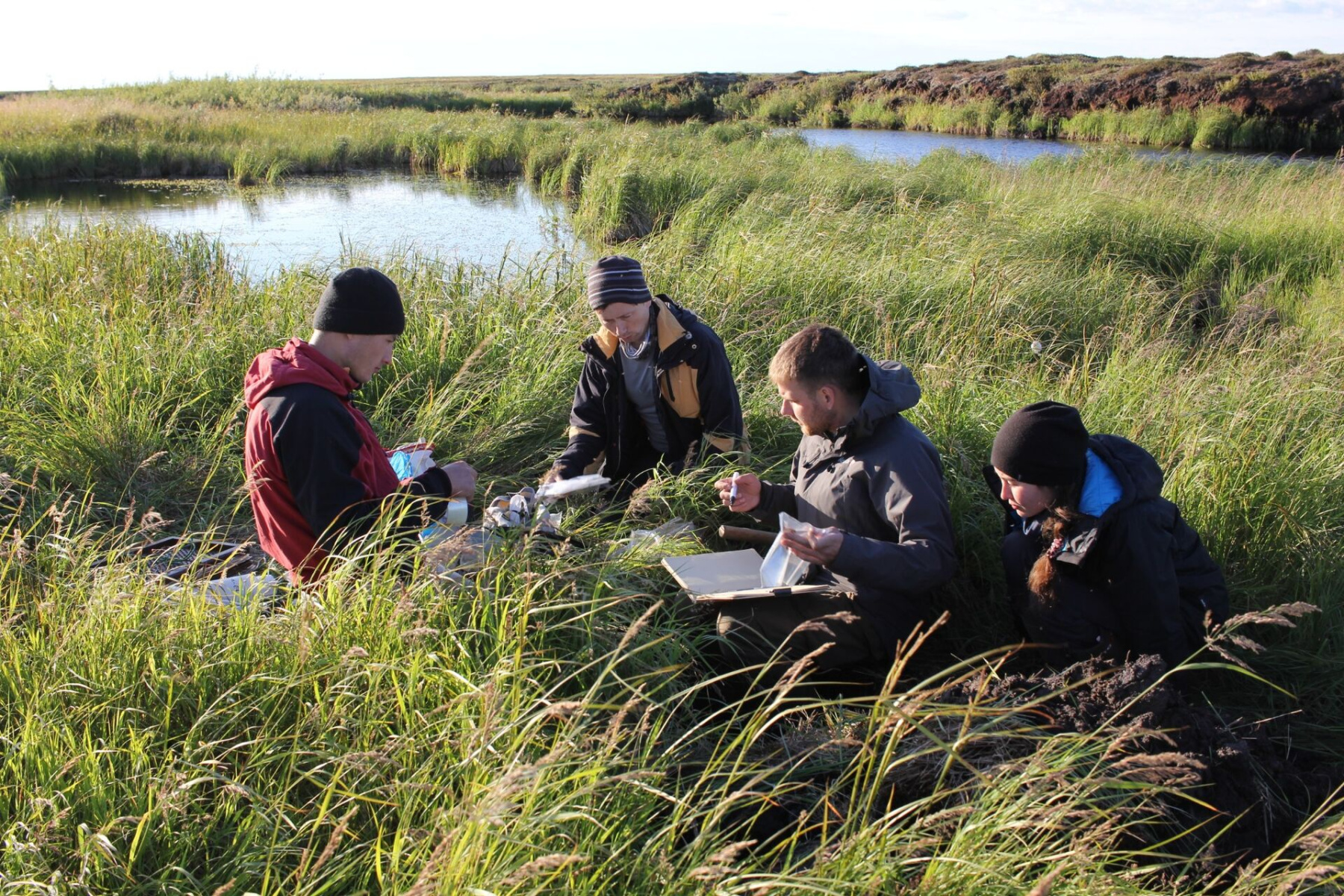Scientists at the Tomsk State University's BioGeoClim laboratory have launched a large interdisciplinary project supported by the Ministry of Science and Higher Education of the Russian Federation. The researchers are studying biogeochemical interactions in the "soil-water-vegetation" system in the watersheds of the Russian Arctic. The results of the project will be used to create and develop technologies for environmental management of the North. New approaches will solve a number of serious issues: renewal of pastures, restoration of lands and waters disturbed by humans, and the increase in agricultural productivity that is needed.
TSU scientists will conduct new field studies at watersheds in the Yamalo-Nenets Autonomous Okrug to determine the process patterns in northern ecosystems caused by warming. They will find out, in particular, how soil characteristics are changing and what consequences this will bring. Permafrost soils, which occupy a large part of Western Siberia and the Arctic region of the Russian Federation, require special attention.
TSU scientists found that melting permafrost releases a large amount of nutrients that are accessible to plants. This leads to the active fauna development. This is partly the reason for the recent phenomenon of Arctic greening.
“There have already been noticeable changes in the cryolithozone ecosystems, including those of Western Siberia, and some people predict that the changes will continue and accumulate in the future,” said Sergey Loiko. “In this regard, it is necessary not only to assess the changes that have already occurred, but also to forecast the state of individual landscape components, as well as to identify cascade effects, when the accumulation of changes in the upper sectors will lead to the transformation of ecosystems in the lower sectors.”

The project results will enable developing ways of human adaptation to changing conditions and to revitalize forms of economic activity traditional for northern regions. In particular, the data can be used to restore reindeer pastures, whose depletion is a serious problem for indigenous peoples.
“One of the project's goals is to monitor the carbon cycle — the main component of greenhouse gases, which largely determines the specifics of our planet's climate,” said Sergey Loiko. “In the north and in the subarctic, this cycle is undergoing serious changes. In particular, the melting of permafrost releases the carbon that is preserved in it and then emits it into the atmosphere. Our project will show us more about these processes and help us to more accurately predict possible environmental changes.”